
1971 Ordnance Survey Map.
Is there a ‘Science District’ in Golborne?
Writing on the Library Time Machine blog, Kensington and Chelsea local studies librarian Dave Walker freely admitted that he’d made up a neighbourhood in Golborne Ward, the Science District.Actually, it’s a bit more than just a figment of Dave’s imagination – there are (or were) actually four streets in the area named after these eminent Victorian-era scientists: Sir Roderick Murchison, Thomas Telford, Michael Faraday and Sir Charles Wheatstone.
And the strange thing is that much of this streetscape was lost during the slum clearances of the 1970s and the subsequent building of the Wornington Green Estate between Golborne Road and Ladbroke Grove. But now, some of the streets are coming back into existence with the current redevelopment of the estate.
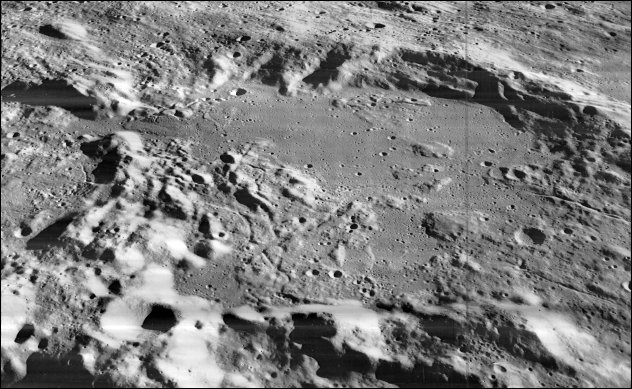
The Murchison Crater [Wikimedia]
Sir Roderick Murchison (1792-1871) was a Scottish geologist who was central in defining the geological eras such as the Cambrian, the Ordovician, the Devonian and the Permian. As well as having a street in Golborne named after him, there is also a crater on the Moon that bears his name.

The Murchison name is to be restored.
Murchison Road, which disappeared during the slum clearances of the 1970s when the Wornington Green Estate was built, was a short street running from the northern end of Portobello Road to Wornington Road. Its name is remembered today only in Murchison House, near its old location. However, plans are afoot to restore the Murchison name when that part of the Wornington Green Estate is redeveloped.
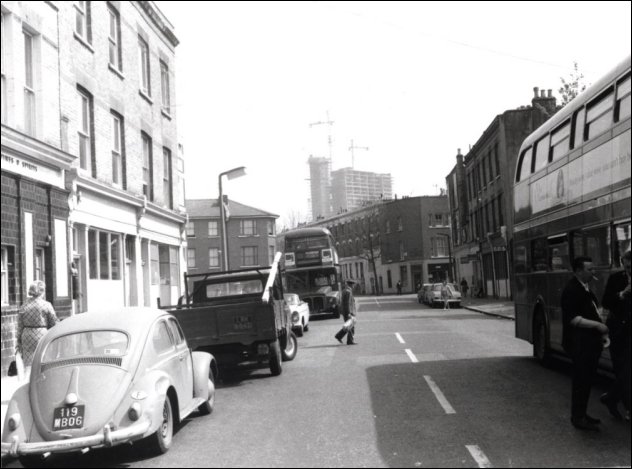
Telford Road, 1969. [RBK&C Local Studies]
Thomas Telford (1757-1834) was a Scottish civil engineer remembered for the splendid roads, canals and bridges that he built. Telford Road today runs from Ladbroke Grove to Portobello Road, although it once extended right through to Wornington Road before slum clearances altered the area in the 1970s.
In the picture above, taken in 1970, you’re looking east along Telford Road, and you can see Trellick Tower under construction. The reason that the two buses are on the road is that the light coloured building on the left was once a bus driver’s canteen. The darker part-building on the left is The Eagle pub.
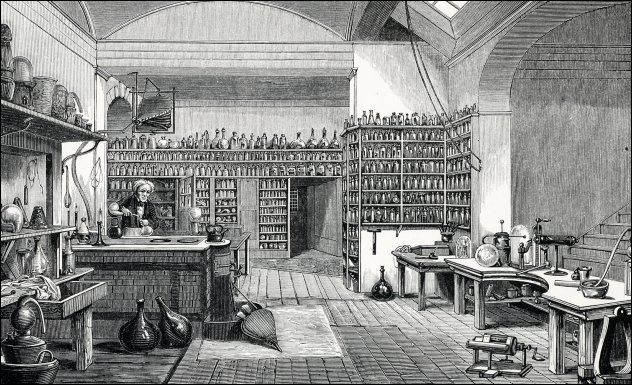
Faraday's laboratory at the Royal Institution [Wikimedia]
Michael Faraday (1791-1867), a chemist and physicist, is most remembered for his work with electricity. The BBC points out that, “In 1831, Faraday discovered electromagnetic induction, the principle behind the electric transformer and generator.”
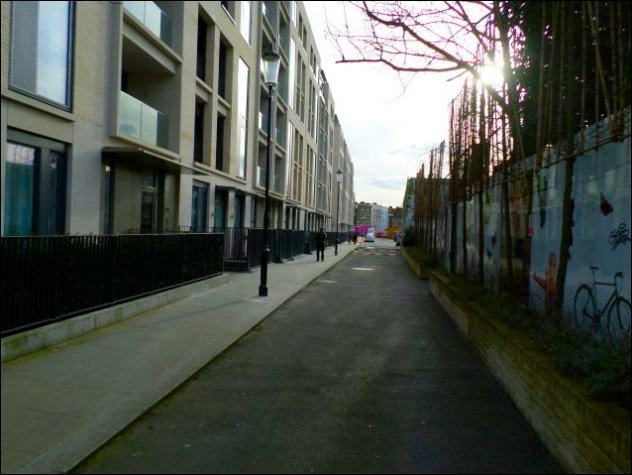
New section of Faraday Road, running from Wornington Road to Portobello.
As for Faraday Road in Golborne, it originally ran from Ladbroke Grove, across Portobello Road and on to Wornington Road. Mid 20th-century slum clearance saw the section from Portobello to Wornington disappear, but with the rebuilding of the Wornington Green Estate, that part has been reinstated.

Wheatstone’s stereoscope [Wikimedia]
Sir Charles Wheatstone (1802–1875), invented the stereoscope, a kind of 3D image viewer, and he played an important part in the development of telegraphy. As well as those achievements, he was also the inventor of the English concertina, a six-sided instrument with 64 keys which offer simple chromatic fingerings, apparently.
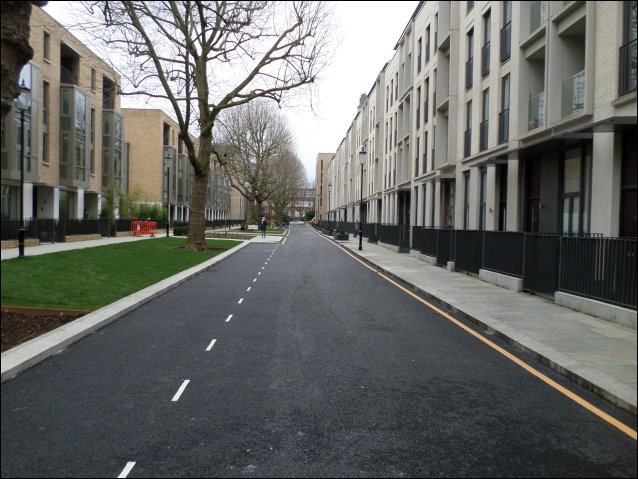
The new Wheatstone Road.
Wheatstone Road originally ran from Portobello to Wornington Road, but it was another that disappeared with slum clearance and the development of Wornington Green Estate. But miraculously it has reappeared with the redevelopment of the estate, and once again you can stroll along it.






